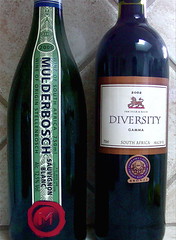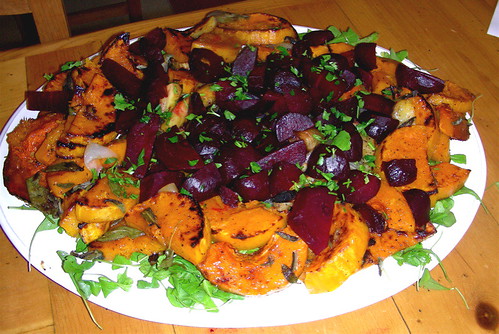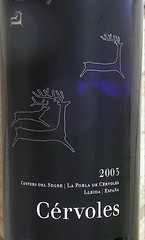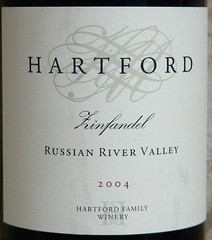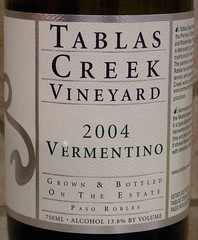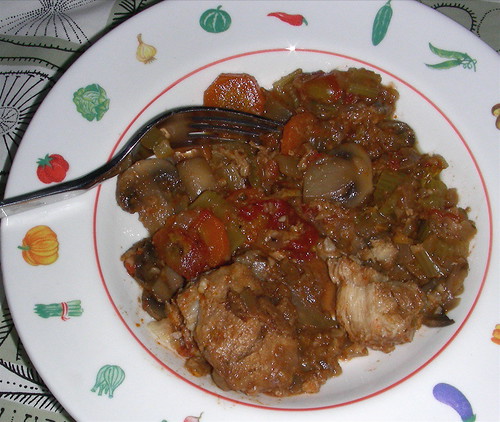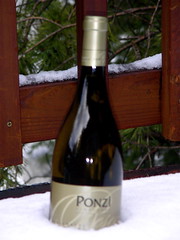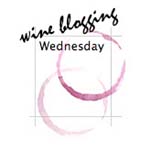It's only recently that I realized how much I liked the red wines from
Washington State and therefore I was glad when our friend Arnaud chose this wine region for his January wine club tasting.
Washington State is now the second largest wine-producing state in the nation behind California.
Columbia Valley is the main wine region and produces more than 90 percent of the state's wine grapes. Thanks to its northerly latitude, the valley has two more hours of daily sunlight in summer compared to California, and thanks to its location east of the Cascade Mountain range, it is well protected from rainfall. The climate is therefore semi-desert, with dry, cold winters, while summers have warm days and cool nights, allowing grapes to slowly and fully ripen while maintaining a naturally high level of acidity.
Washington State produces more than 15 wine grapes varieties. In red, the leading ones are Merlot, Cabernet Sauvignon and Syrah, and in white they are Chardonnay, Riesling and Sauvignon Blanc.
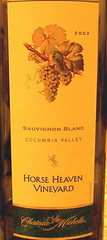
Arnaud started the tasting with two whites from
Chateau Ste Michelle. The winery was founded in 1934, just after the repeal of prohibition, and is Washington's oldest wine estate. The
2003 Chateau Ste Michelle Sauvignon Blanc Horse Heaven Vineyard Columbia Valley comes from the Horse Heaven Vineyard, located in the
Horse Heaven Hills, adjacent to the Columbia River. It is a relatively warm site tempered by the Columbia River. 70% of the fruit was barrel fermented and 22% Sémillon was added for texture and weight. The wine had an aromatic nose of honey, pear and peach. On the palate, it was lively and fresh with a mouthfilling finish. It was a fine aperitif wine and I enjoyed sipping it with smoked salmon toasts.
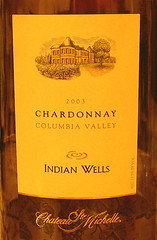
The
2003 Chateau Ste Michelle Chardonnay Indian Wells Vineyard Columbia Valley comes from the winery's Indian Wells Vineyard, a warm site located at the base of the
Wahluke Slope, which consistently produces ripe fruits. The wine had a full-flavored nose of nuts, butterscotch and toffee. The palate was medium-bodied with some good acidity. A well-crafted wine although not incredibly distinctive.
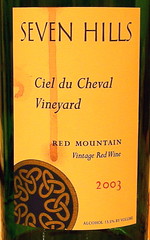
Our first red was the
2003 Seven Hills Ciel du Cheval Red Mountain from the
Red Mountain appellation, a subregion of the Columbia Valley where Bordeaux varieties like Cabernet Sauvignon and Merlot grow exceptionally well. The wine is a Merlot-based blend with substantial additions of Cabernet Sauvignon and Cabernet Franc and a small amount of Petit Verdot. I really loved this wine! It had a seductive nose of chocolate and blackberry. On the palate it had fine-grained, dusty tannins with complex earthy flavors, followed by an elegant and well balanced finish. It is a very food-friendly wine that should go well with all kinds of meat dishes.
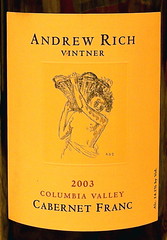
Our next wine was the
2003 Andrew Rich Cabernet Franc Columbia Valley.
Andrew Rich Wines is a winery located in Oregon that makes wines from both the
Willamette Valley in Oregon and the Columbia Valley. The Andrew Rich Cabernet Franc is Washington's answer to Loire Valley Cabernet Franc. The nose was full of red fruits and the palate was soft and juicy. This wine should go very well with a grilled wild salmon with mushroom sauce.
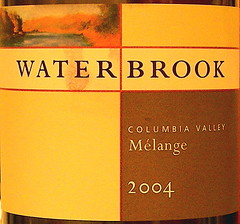
Then we tasted the
2004 Waterbrook Mélange Columbia Valley, a blend made of 40 % Merlot, 32% Cabernet Sauvignon , 11% Cabernet Franc, 9% Sangiovese and 8% Syrah. The wine had a spicy nose with notes of vanilla and a sweet, full-bodied palate. The wine was rich and tasty but too sweet for my taste.
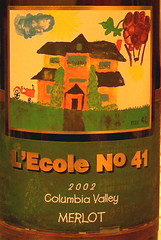
Our next wine was the
2002 L'Ecole No. 41 Merlot Columbia Valley.
L'Ecole No. 41 is located in an old schoolhouse, in historic Frenchtown, a small community founded by French-Canadian immigrants in the early 1800s. One story says that the raising of grapes and production of wine in Southeastern Washington really began with these French Canadian employees of the Hudson Bay Company.
I am a big fan of the Merlots from L'Ecole No. 41 and I was not disappointed by this one. The wine was delicious with a spicy and smoky nose. On the palate, it was rich , full of black fruits, with a long, fruity aftertaste.
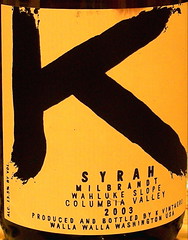
We ended the tasting with the
2003 K Vintners Milbrandt Syrah Columbia Valley. The
K Vintners winery is located at the base of the Blue Mountains in Walla Walla. The Milbrandt Vineyard is from the
Wahluke Slope, a warm sub-region of the Columbia Valley where the soil is all sand and gravel, which gives some minerality to the wine. Aged in 100% French Burgundy barrels (20% new) for 14 months, the wine was smooth and rich with ripe fruit flavors and notes of chocolate. The wine was slightly too sweet for my taste but it should go well with chocolate. I should have tried it with the dark chocolate that Arnaud had brought for the tasting.
Many thanks to Arnaud for choosing all these great wines and to Anahita and Peter for sharing their house!
Technorati tags: wine food & drink
 The book, An Evening with Benjamin Franklin and Thomas Jefferson: Dinner, Wine, and Conversation, is what you need to recover from too much Olympics. I first heard about it in Tom Wark's Fermentation blog. The author, James Gabler, is a Jefferson scholar and also a wine lover. The story is about a fictive dinner conversation around wine, food and politics, using Jefferson and Franklin's own statements. In the book, these two old friends are very much alive, their eyes are twinkling , they are enjoying their wines and relishing the great moments of their lives. And the reader is also having a great time. However, I only have one regret now that I have finished the book: not to have a sip of this 1784 Haut Brion.
The book, An Evening with Benjamin Franklin and Thomas Jefferson: Dinner, Wine, and Conversation, is what you need to recover from too much Olympics. I first heard about it in Tom Wark's Fermentation blog. The author, James Gabler, is a Jefferson scholar and also a wine lover. The story is about a fictive dinner conversation around wine, food and politics, using Jefferson and Franklin's own statements. In the book, these two old friends are very much alive, their eyes are twinkling , they are enjoying their wines and relishing the great moments of their lives. And the reader is also having a great time. However, I only have one regret now that I have finished the book: not to have a sip of this 1784 Haut Brion.
